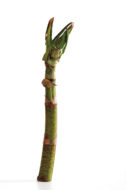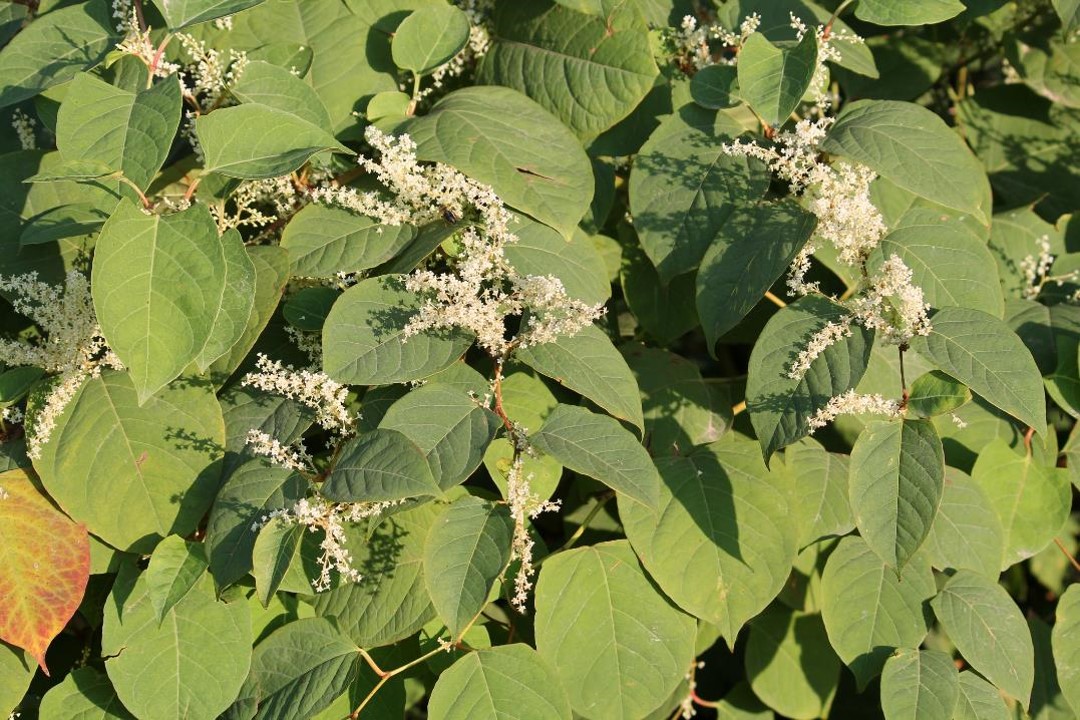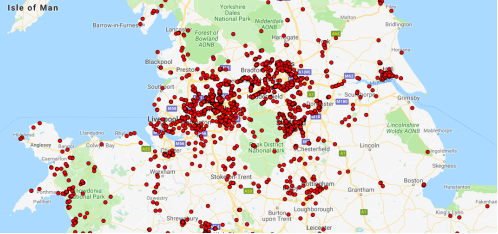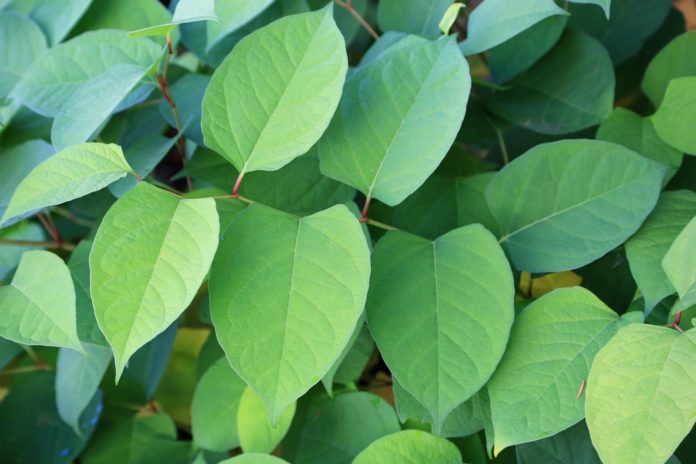Japanese knotweed, the invasive plant that has been known to damage buildings and knock thousands off property prices, has hit the headlines again this week, but this time it’s good news. A recent investigation has found that mortgage lenders are being overly cautious by refusing to lend when a property is affected by the plant.
However, experts still agree that Japanese knotweed deserves to be treated with respect, thanks to its fast-growing nature and the difficulty involved with getting rid of it. Recognising it early, before growth becomes extensive and property is damaged, can save substantial amounts of time and money. With growth this year predicted to be faster than usual thanks to the Easter heatwave, do you know what to look for?
What is Japanese knotweed?
The Victorians introduced Japanese knotweed to the UK in the 19th century, when it impressed everyone with its attractive foliage and its propensity to grow quickly. However, it’s the hugely invasive nature of Japanese knotweed that has resulted in it being feared by modern-day homeowners; the plants have been known to damage tarmac, drains, pipes, floors, walls and even foundations. At this time of year, it can grow up to 10cm per day, which means that after shoots appear it isn’t long before the plants are 1m tall.
Unfortunately, Japanese knotweed removal is expensive and time-consuming. The most common methods are removal of the soil and chemical treatment. Soil excavation is the quickest method, but it is a big undertaking: soil must be removed up to 3m vertically and 7m horizontally from the growth. While small outcrops that are a considerable distance from any building structures can be dealt with fairly easily, in the worst cases soil removal can cost in excess of £10,000. Chemical treatments are less costly but can still set you back up to £5K and can take up to 3 years. Repairs to damaged masonry and pipework also need to be taken in account.
The Victorians liked it – do I really need to remove it?
Unsurprisingly, the presence of Japanese knotweed can make selling a property difficult. Because mortgage companies are likely to continue to exercise caution when lending on affected properties, and at a minimum are likely to ask that a management plan be put in place, the value of such houses can be reduced substantially. Furthermore, if the sellers are aware that it may be an issue, this must be declared to the purchasers. Even if you aren’t selling a property, if you have knotweed on your land you are legally bound to prevent it spreading to neighbouring land or into the wild.
How can I tell if I have Japanese knotweed?

The first signs of Japanese knotweed are asparagus-like spears with red or purple tinges that appear in Spring. When the leaves unfurl, they can be red at first, but turn greener as time goes on.

Leaves can be recognised by their flattish bases and shield or heart shapes. Flowers form in spear-like clusters and are white or cream.
In winter the leaves fall, leaving brittle bamboo-like stems.
There are several plants that bear a close resemblance to Japanese knotweed, such as bindweed and Himalayan balsam. While you can assess a property yourself, many people rely on survey to know whether or not their home, or the property they are buying, is affected.
Any HomeBuyer (level 2) or full (level 3) building survey by a chartered surveyor should include a check for Japanese knotweed. In fact, the Royal Institution of Chartered Surveyors has put together a guide for assessing this plant in residential properties – make sure your surveyor is aware of this! If you are having a survey, make sure your surveyor assesses the neighbourhood to understand the level of risk – water sources such as canals, railways, paths and large open spaces can all host Japanese knotweed. Local authorities can also be a key source of information on reported sightings, as can resources like PlantTracker.

Image courtesy of PlantTracker. © https://www.natural-apptitude.co.uk/.
In high-risk areas, such as Manchester and Bolton, surveyors should pay particularly close attention to the garden, patios and paved areas, outbuildings, conservatories, boundary and supporting walls and drains/pipework. An inspection along the property boundary should be done to check for evidence of knotweed in neighbouring properties. If knotweed is found, your surveyor should provide a risk assessment and advice on next steps, including likely associated costs and whether a management plan needs to be put in place.
Article contributed by Kim Allcott, Allcott Associates LLP







